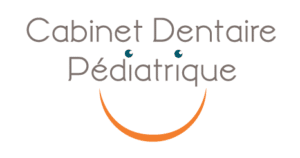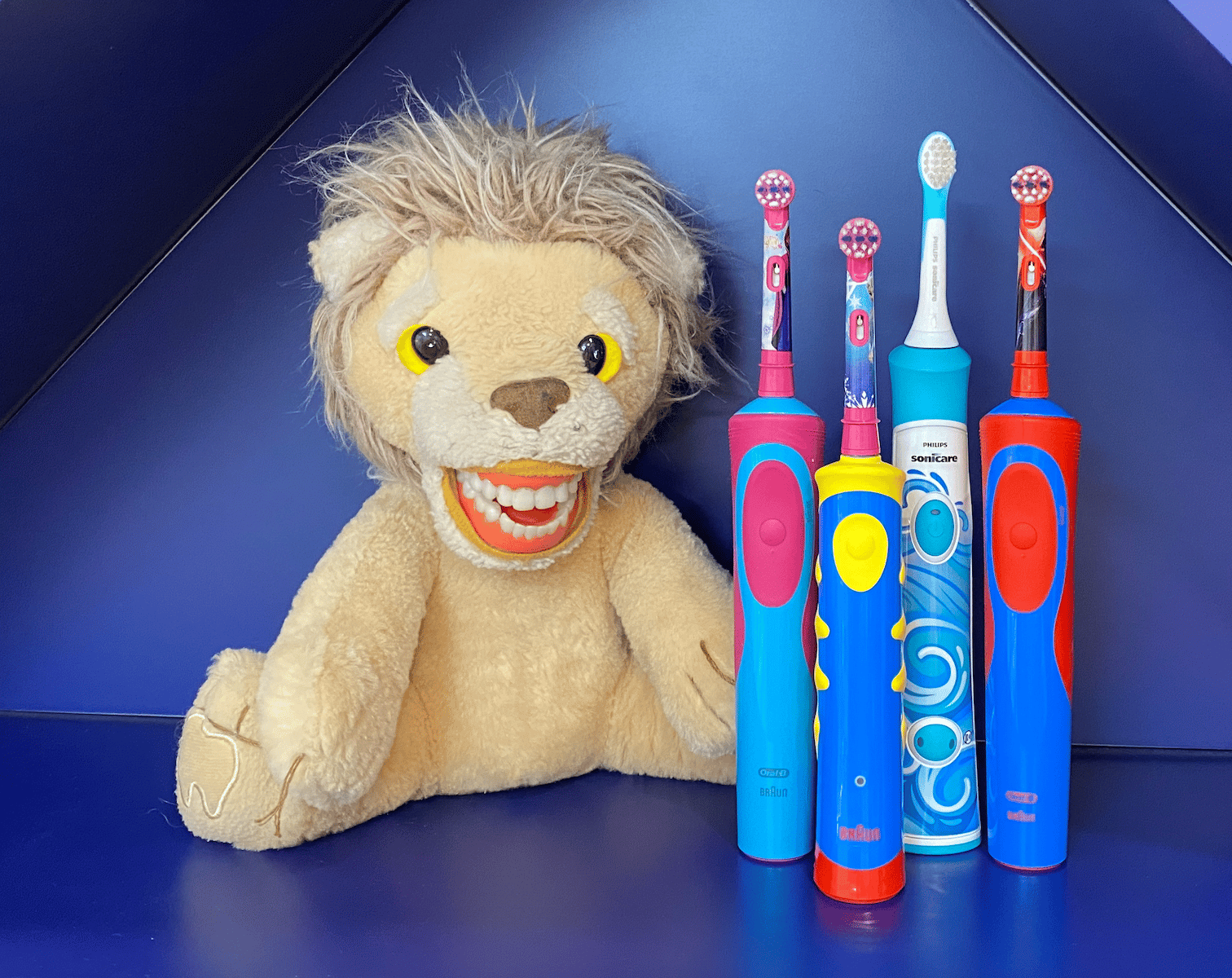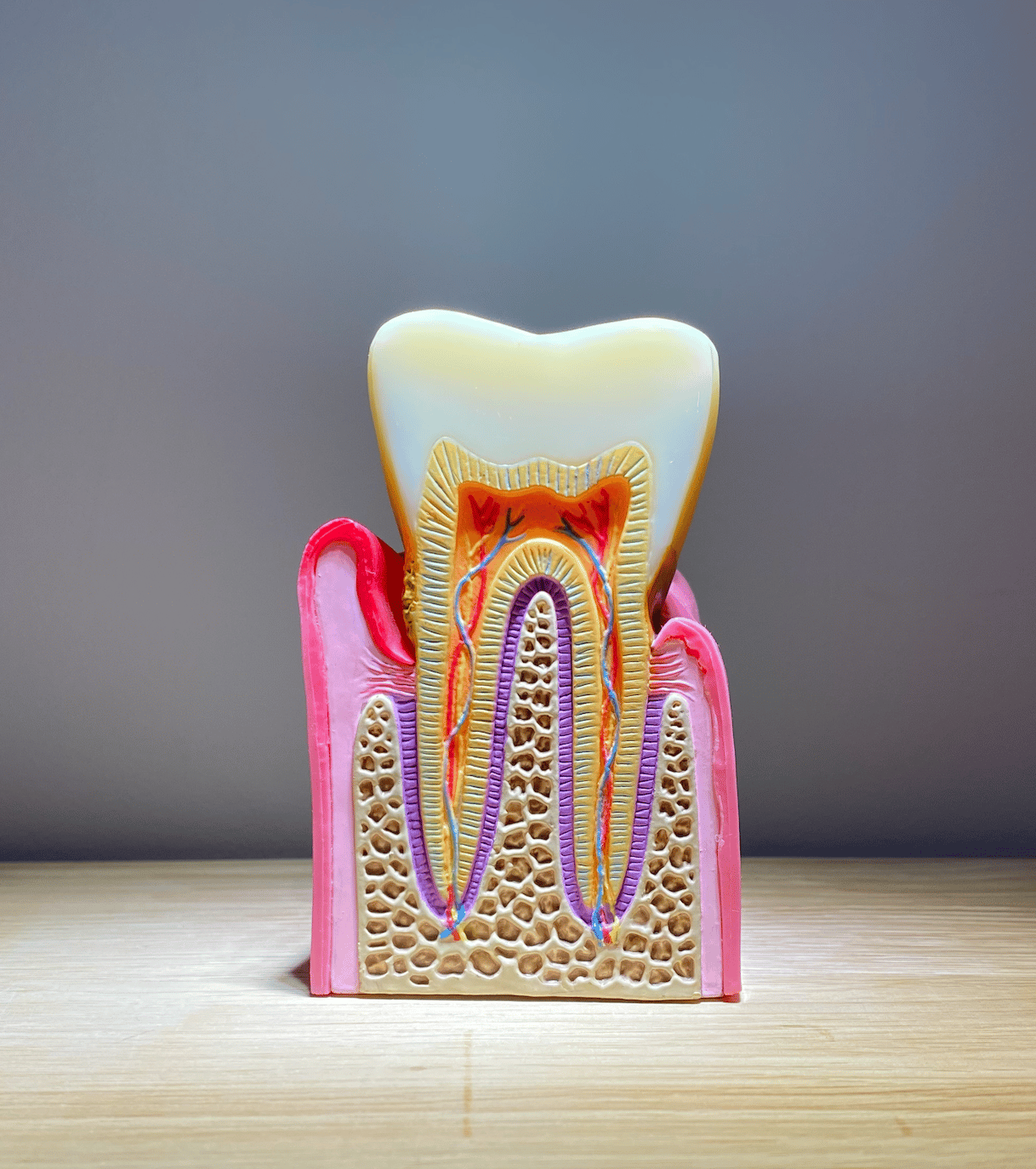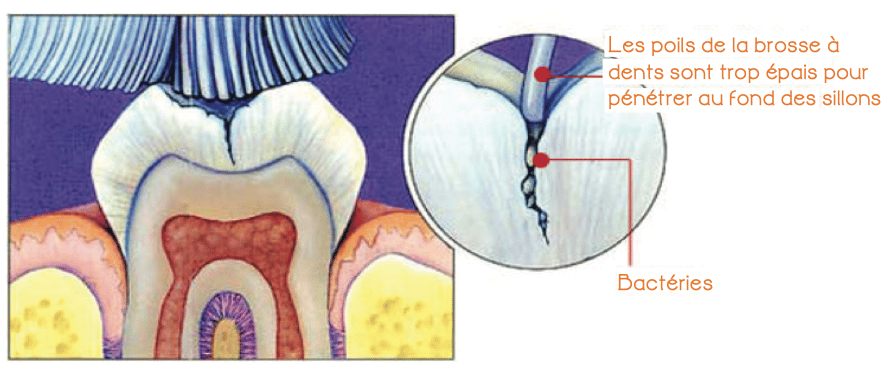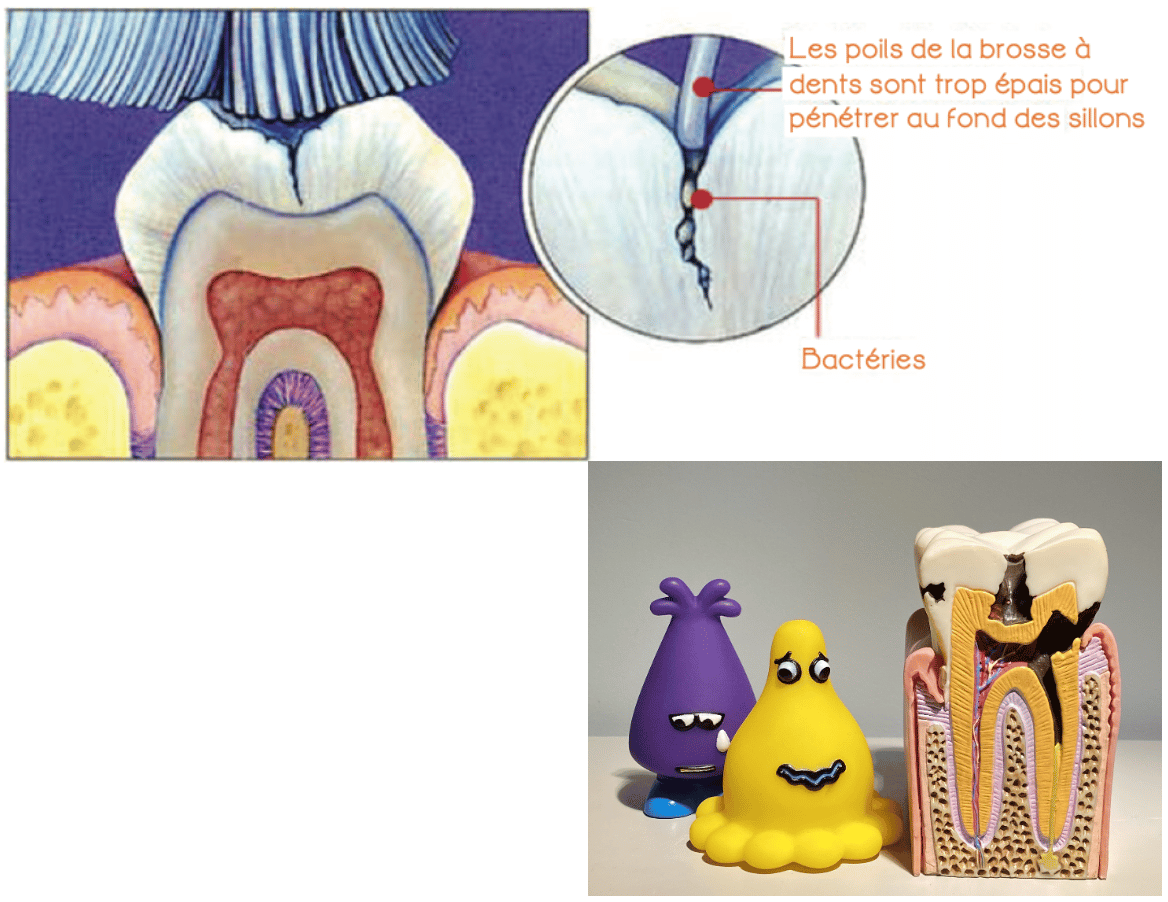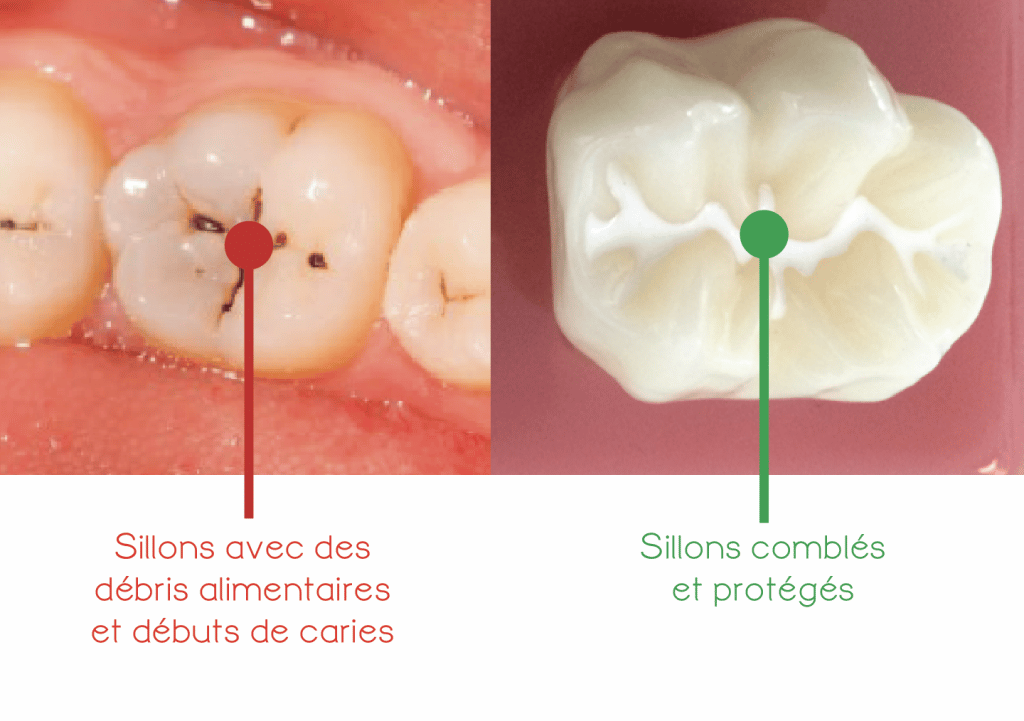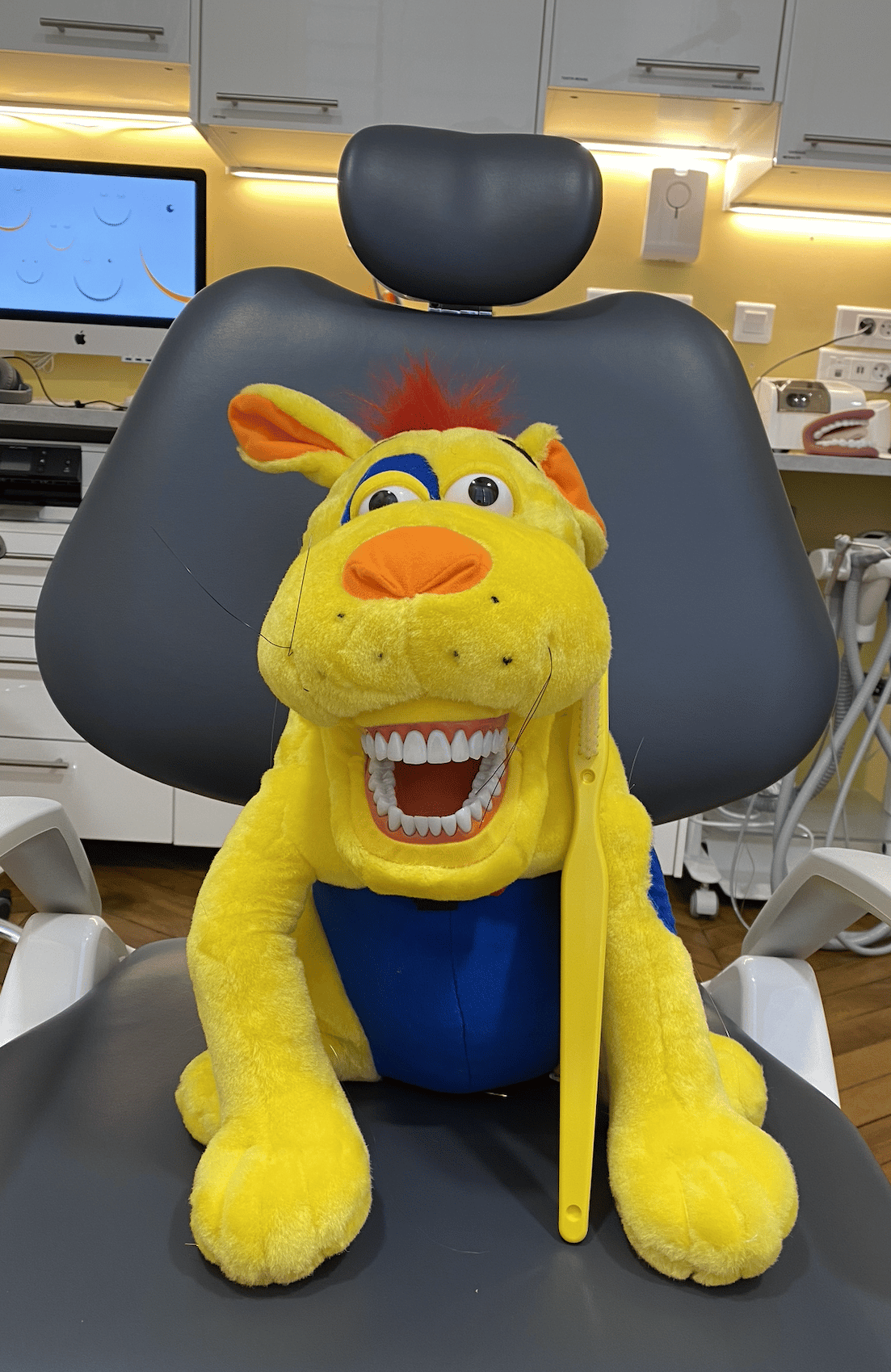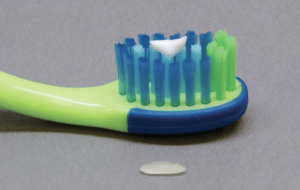First and foremost, fluoride is and remains a principal tool in the fight for cavity prevention. However, its administration can be nuanced. For example, the latest studies show that fluoride effects are more pronounced when applied locally. This is why we recommend direct fluoride treatments, such as children’s fluoride toothpaste as well as topical fluoride treatments every six months at checkups.
Similarly, there are also fluoride trays and pastes that are useful in cases where tooth enamel is particularly fragile.
The recommended fluoride intake is 0.05 mg/kg per day, which can be naturally met with fluoridated foods such as table salt, bottled water (and certain carbonated waters in particular), as well as children’s toothpaste.
Oral fluoride supplements (lozenges) are now prohibited. Moreover, according to the latest AFSSAPS recommendations (2008), fluoride supplements should not be given before the age of 6 months.

